The 1964 Chevrolet Impala “Legacy” isn’t just remembered—it’s still moving. Built at the height of Chevrolet’s reach and before muscle cars took over the headlines, the ’64 Impala struck a rare balance between size, style, and real performance. It was everywhere in its day, from suburban garages to drag strips, and decades later, it still holds court—especially in lowrider culture, where it’s become a symbol all its own.
But beyond the chrome and folklore, the ’64 Impala had substance. From factory options to drivetrain choices, it was a full-size car that let buyers shape it to their world.
A Record-Setting Year for Sales
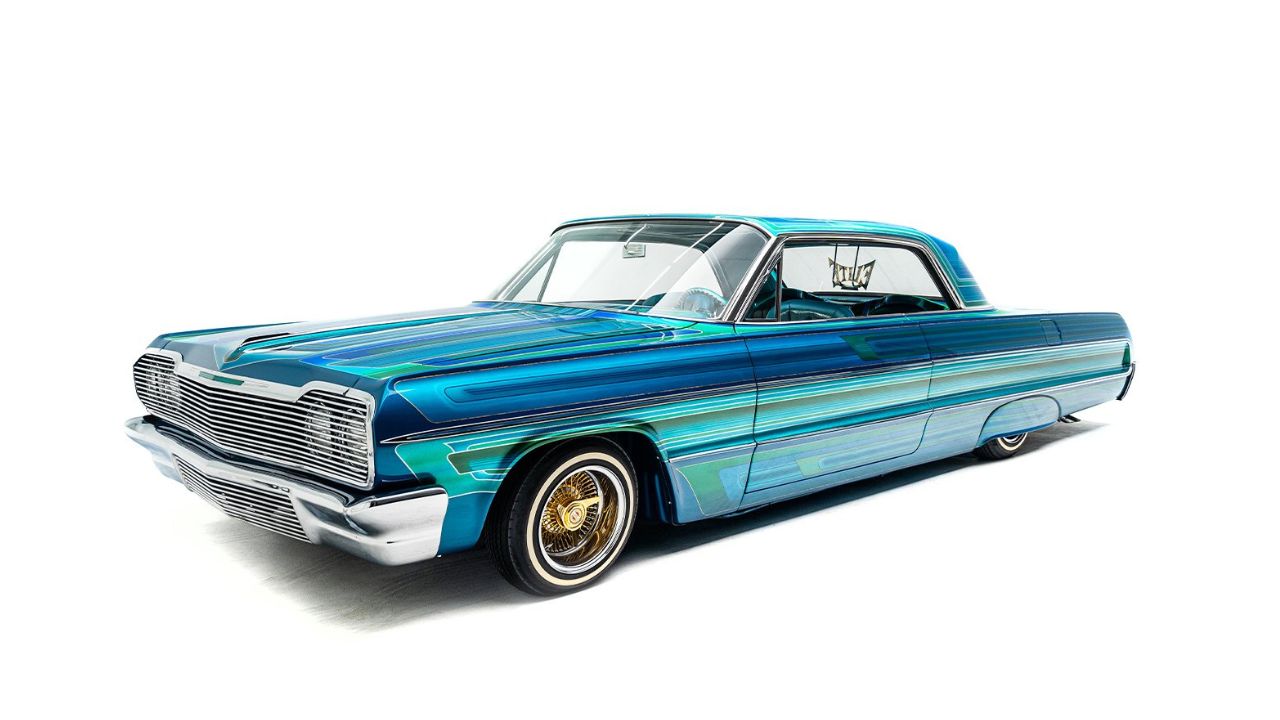
In 1964, Chevrolet sold over 889,000 Impalas, making it the best-selling car in the U.S. that year. It was a number no other full-size nameplate could touch, and it cemented the Impala’s role in American driveways coast to coast.
This wasn’t just about affordability—it was about scale and timing. Postwar families wanted comfort, style, and a little power, and the ’64 Impala delivered all three. It was built at multiple plants across the country, including Los Angeles and St. Louis, keeping supply close to demand. No gimmicks, just volume and versatility.
Super Sport Meant More Than Badges
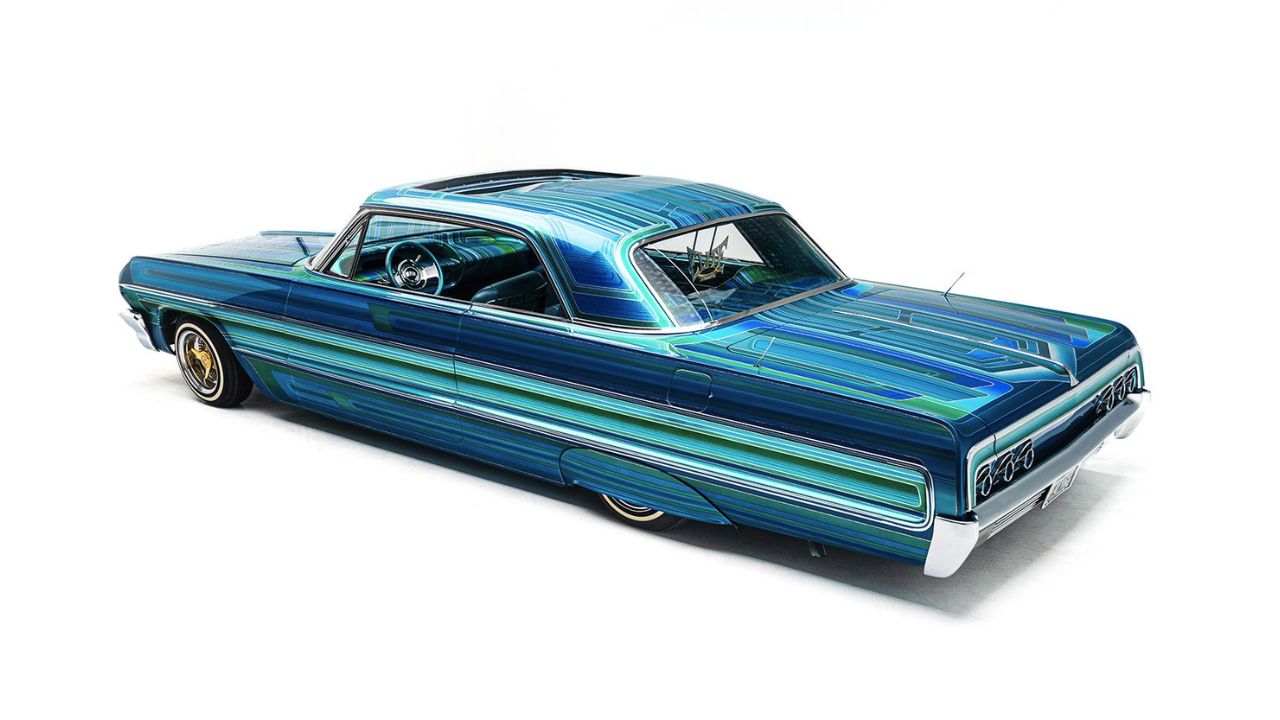
The SS—or Super Sport—trim wasn’t just a trim badge in ’64. It brought a firmer suspension, upgraded interior, and visual cues like engine-turned aluminum panels and bucket seats. The SS package was available on coupes and convertibles, and it quickly became the most desirable configuration.
Under the hood, buyers had options ranging from a 283-cubic-inch V8 to the 409. It gave drivers a legitimate way to blend muscle with comfort without stepping into mid-size performance territory. The SS Impala helped bridge that gap—offering just enough aggression wrapped in a full-size shell.
The 409 Still Had Something to Say
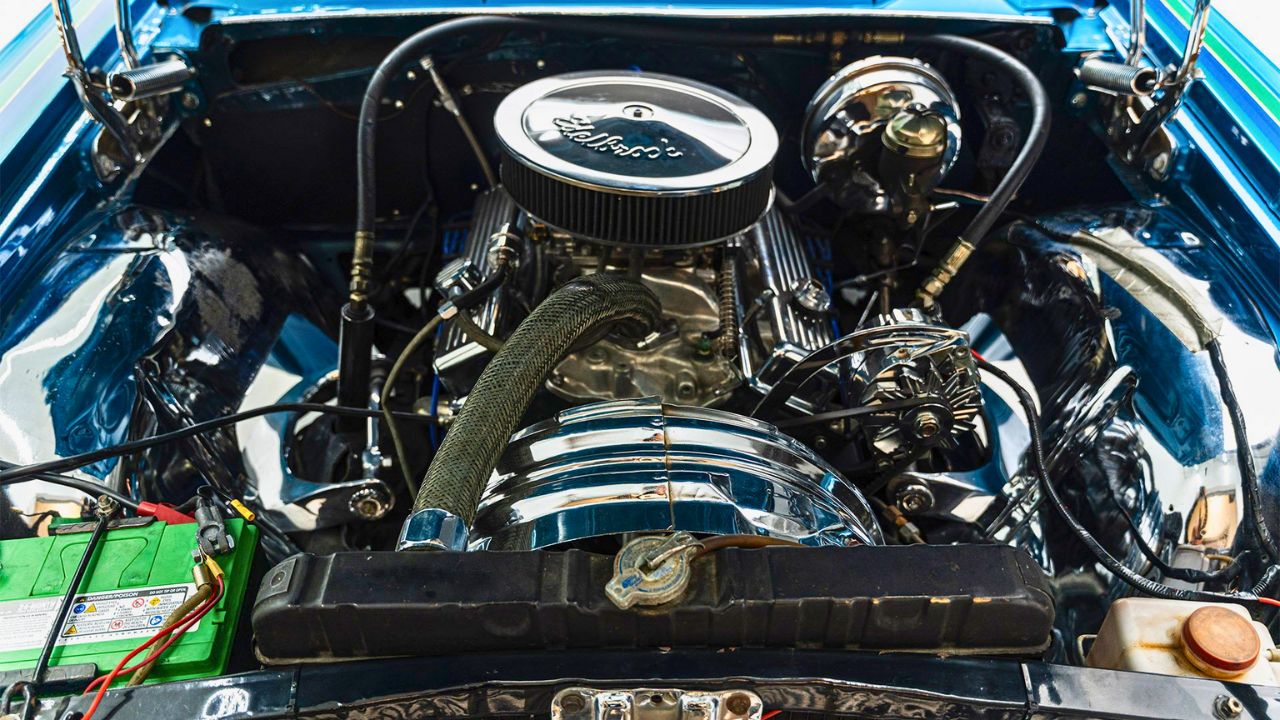
By 1964, the 409-cubic-inch V8 had hit its stride. Available with up to 425 horsepower and 425 lb-ft of torque, it was no slouch. Paired with a 4-speed manual and the right gearing, this was a serious street machine hiding behind chrome and sheet metal.
The engine used a solid-lifter cam and dual four-barrel carbs in its top-spec form. It may have lacked refinement, but that was part of the appeal—it delivered raw grunt without apology. This was the same 409 immortalized by The Beach Boys, but in reality, it could back up its reputation.
Clean, Linear Styling That Still Holds Up
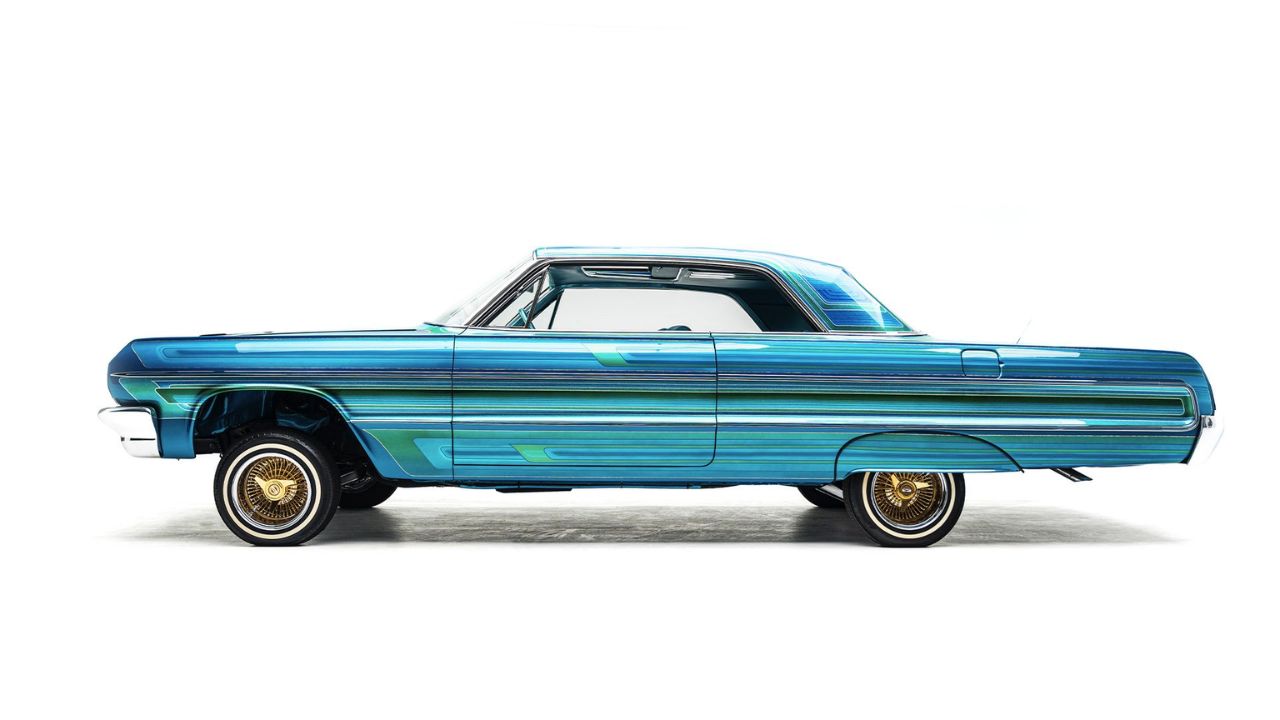
The ’64 Impala was the last of the “X-frame” generation and benefited from years of styling evolution. Its lines were crisp, with a more squared-off body than its rounder predecessors. The three taillight design out back became an Impala trademark and remains one of its most recognizable features.
Chrome was used with restraint—mostly on the grille, bumpers, and side trim. The overall look felt upscale without leaning too far into excess. Chevrolet found a visual balance in ’64 that made the car feel substantial but not bloated—something many full-size models struggled to get right in later years.
The Lowrider Connection Started Here
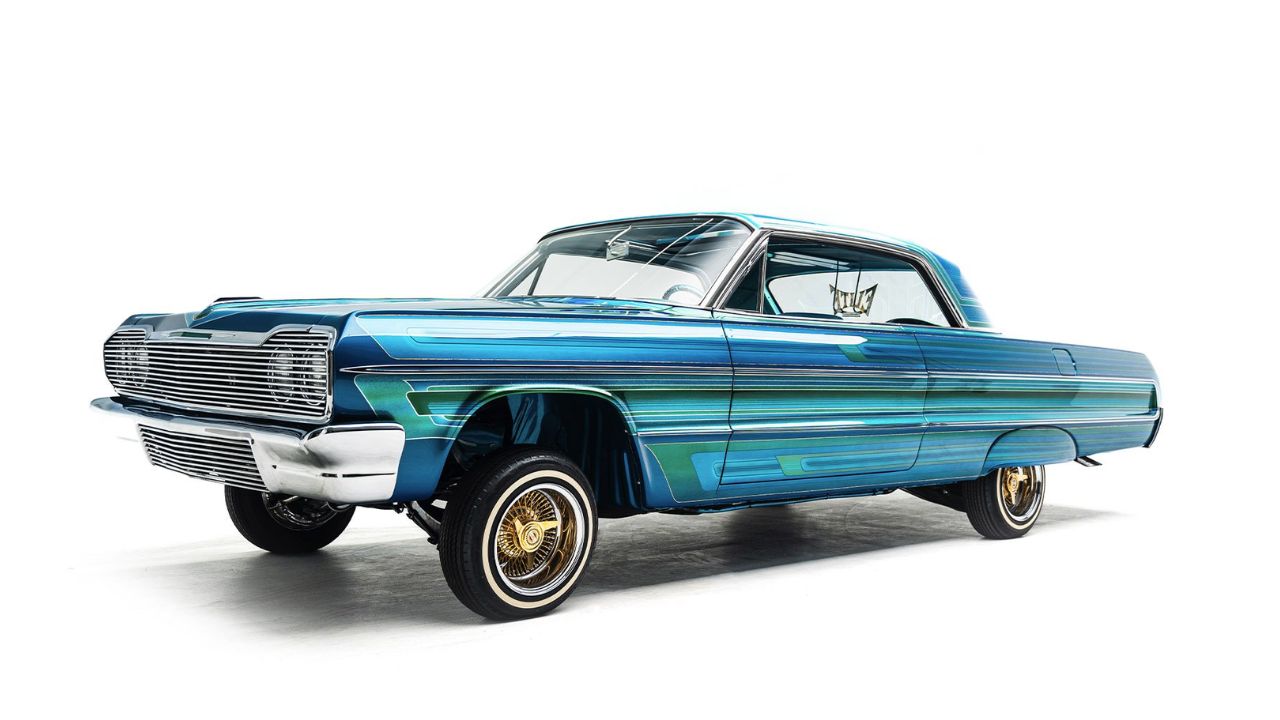
Though not the first car adopted by the lowrider scene, the ’64 Impala became the blueprint. Its long, straight panels and boxy fenders offered the perfect canvas for flake paint, hydraulics, and wire wheels. By the late ’70s and early ’80s, it was already a cultural icon in places like East L.A.
The car’s popularity in that world isn’t just about looks. The full-size frame and rear-wheel-drive layout made it ideal for customization. It rides low, sits wide, and moves with presence—even parked. Today, a clean ’64 is almost inseparable from that legacy, whether stock or built.
Factory Options Ran Deep
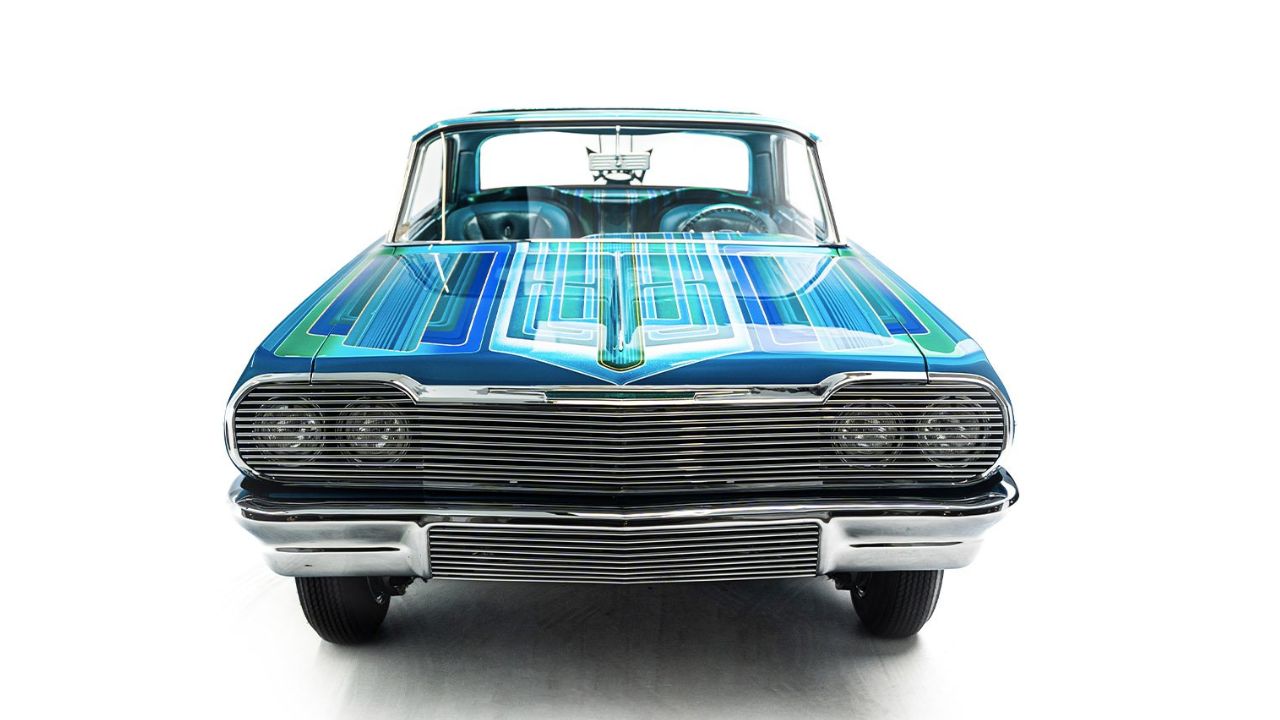
Chevrolet gave buyers a deep menu of options in 1964, from power windows and tilt steering to a factory tach and air conditioning. You could spec it mild or all the way up to nearly Cadillac-level comfort, depending on what box you checked.
This was part of the Impala’s appeal—it was a big car with the flexibility to be whatever the buyer needed. Some came stripped for street racing, others loaded for family cruising. You could even order multiple rear axle ratios for highway or performance use. It was a car that let you choose your story.
Built on the X-Frame Platform
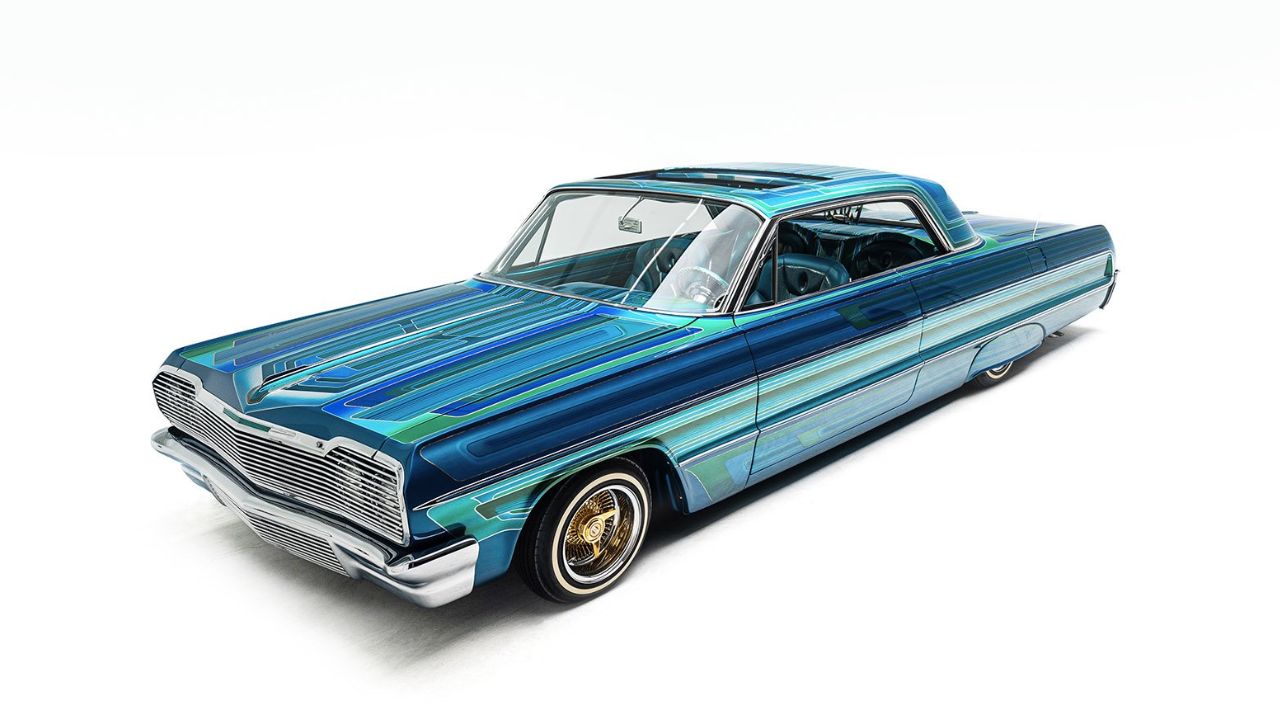
The 1964 Impala rode on GM’s X-frame chassis, a carryover design that had been in use since 1958. It offered a low floor height and smoother ride but came at the cost of torsional rigidity and side-impact protection—a tradeoff not obvious at the time.
The layout worked for what buyers wanted then: a smooth cruiser that soaked up bumps and had plenty of trunk space. But by mid-decade, GM began to rethink this approach. The ’64 would be the last Impala to use the X-frame, closing out an era of GM engineering before safety standards reshaped the landscape.
Interiors Had Range and Restraint
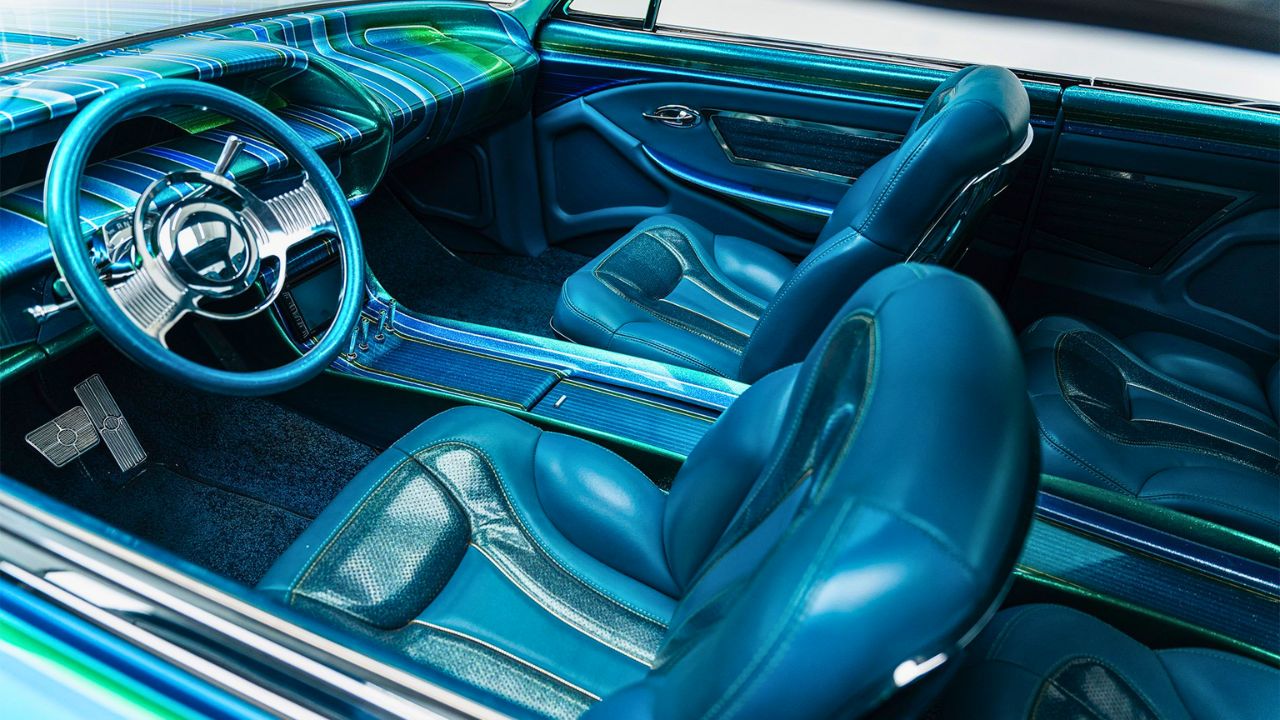
Inside, the 1964 Impala offered a cleaner dash layout than previous years, with a wide horizontal speedometer and understated trim. Bucket seats were available in SS models, while bench seats were common across the rest of the lineup.
Materials ranged from vinyl to upgraded cloth depending on trim, and color choices were plentiful. While not as flashy as the custom lowrider pictured here, the ’64 cabin has aged well. It wasn’t overdone, and that’s part of its charm—it let the exterior and mechanicals do most of the talking.
Assembly Was a Nationwide Effort
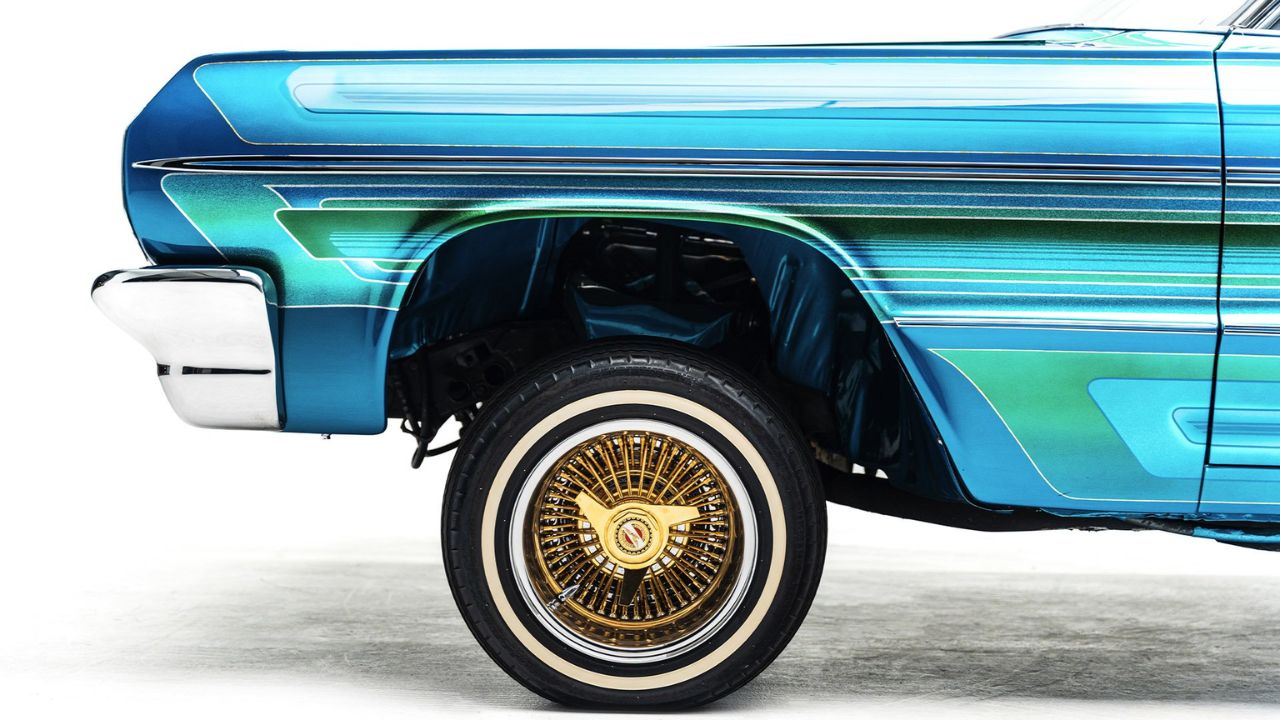
Chevrolet built the ’64 Impala in several plants across the U.S., including Tarrytown, St. Louis, Van Nuys, and South Gate. This wide footprint helped meet national demand and explains why parts and service knowledge remained accessible for years.
It also meant regional variants could be slightly different in finish or supplier content, depending on where it was assembled. Today, decoding trim tags from each factory has become a niche pursuit among collectors. Knowing where your Impala was built can add another layer to its story—and sometimes, to its value.
A Last Hurrah Before the Big Shift
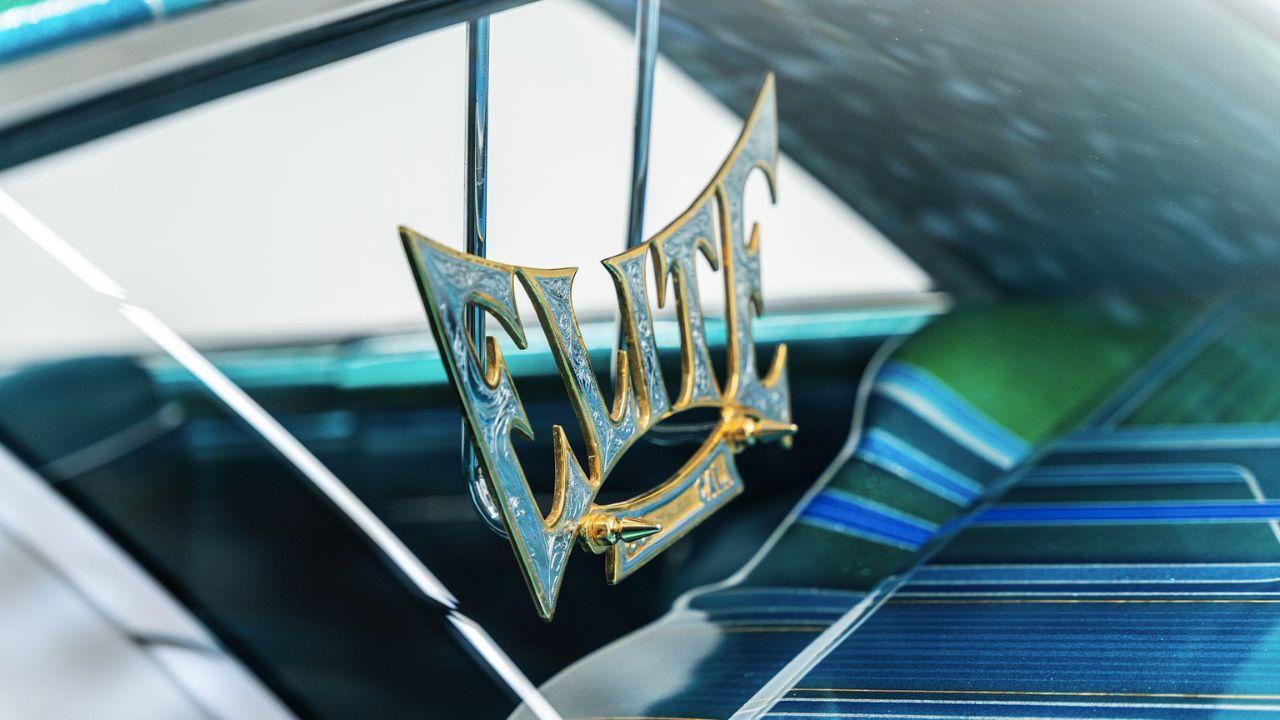
The 1964 model year marked the end of an era just before things got louder, faster, and heavier. Emissions rules hadn’t yet kicked in, gas was cheap, and power wasn’t yet a dirty word. The Impala walked that line between street sleeper and boulevard cruiser right before the muscle car boom took over.
By 1965, the Impala would shift to a full perimeter frame and more formal styling. It was still successful, but something about the ’64 feels like the right balance—classic without being overdone. It’s no wonder it continues to hold a strong place in American car culture.
Like Fast Lane Only’s content? Be sure to follow us.
Here’s more from us:
*Created with AI assistance and editor review.

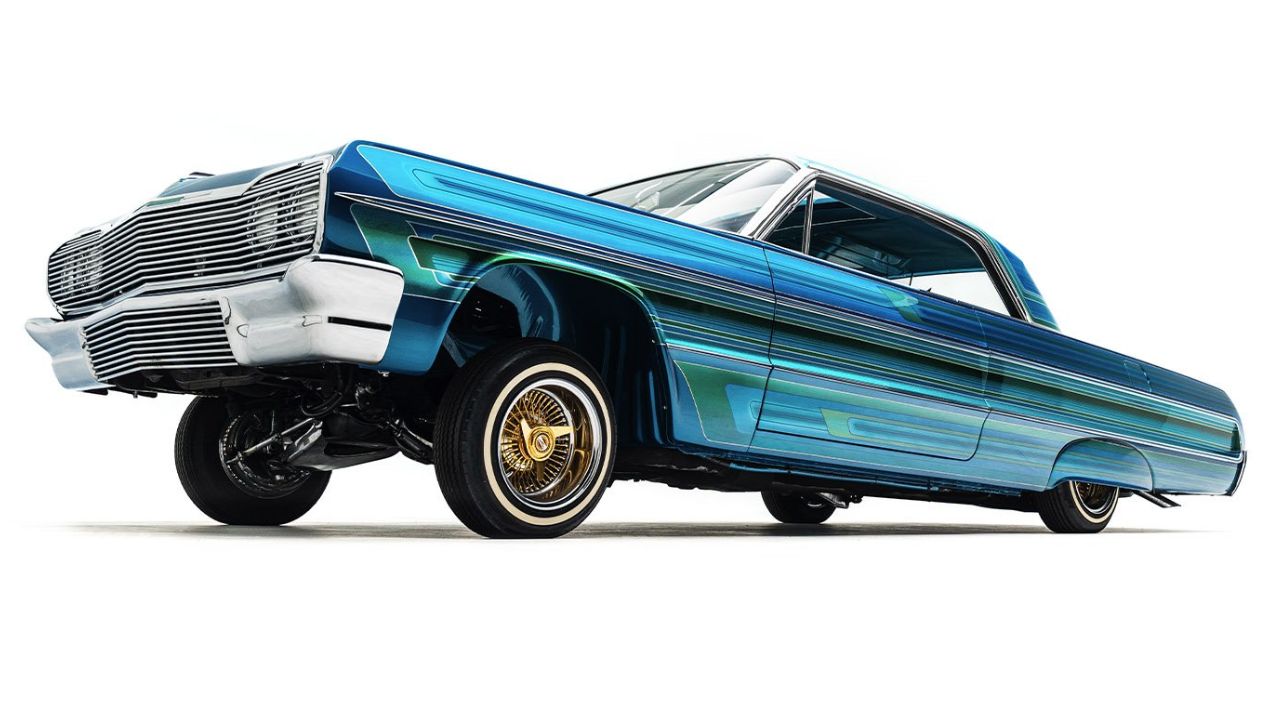
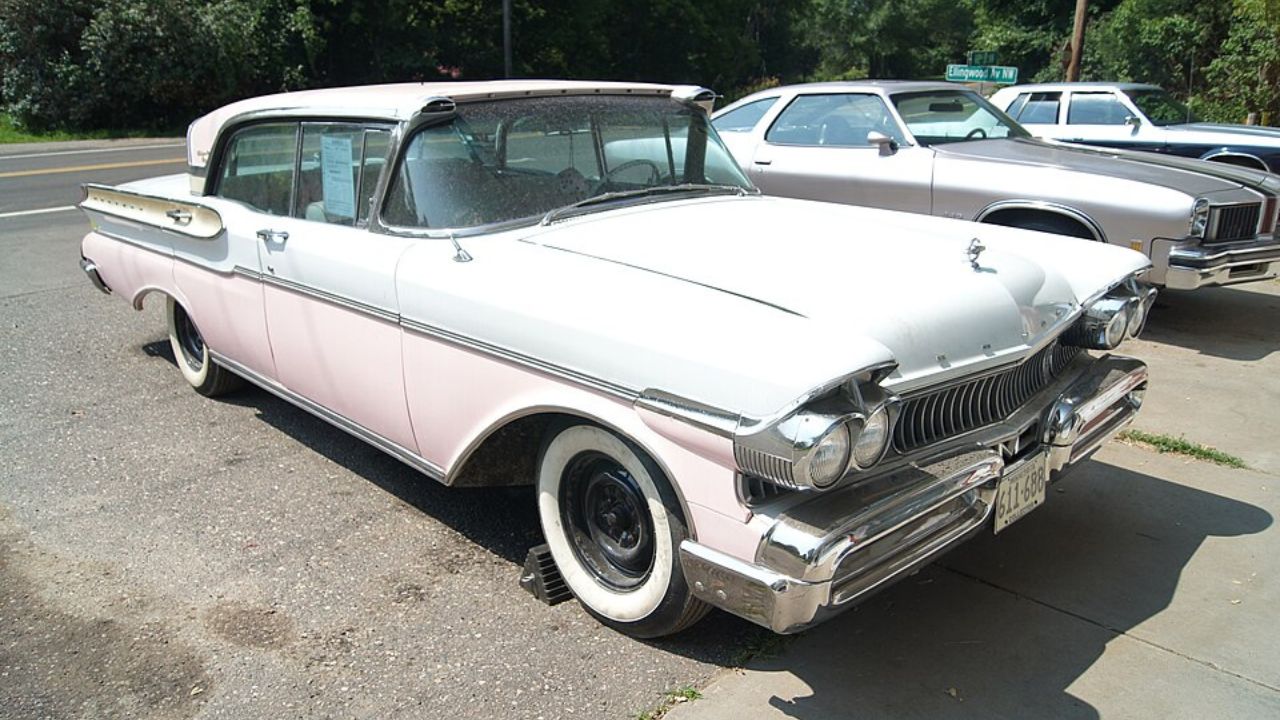
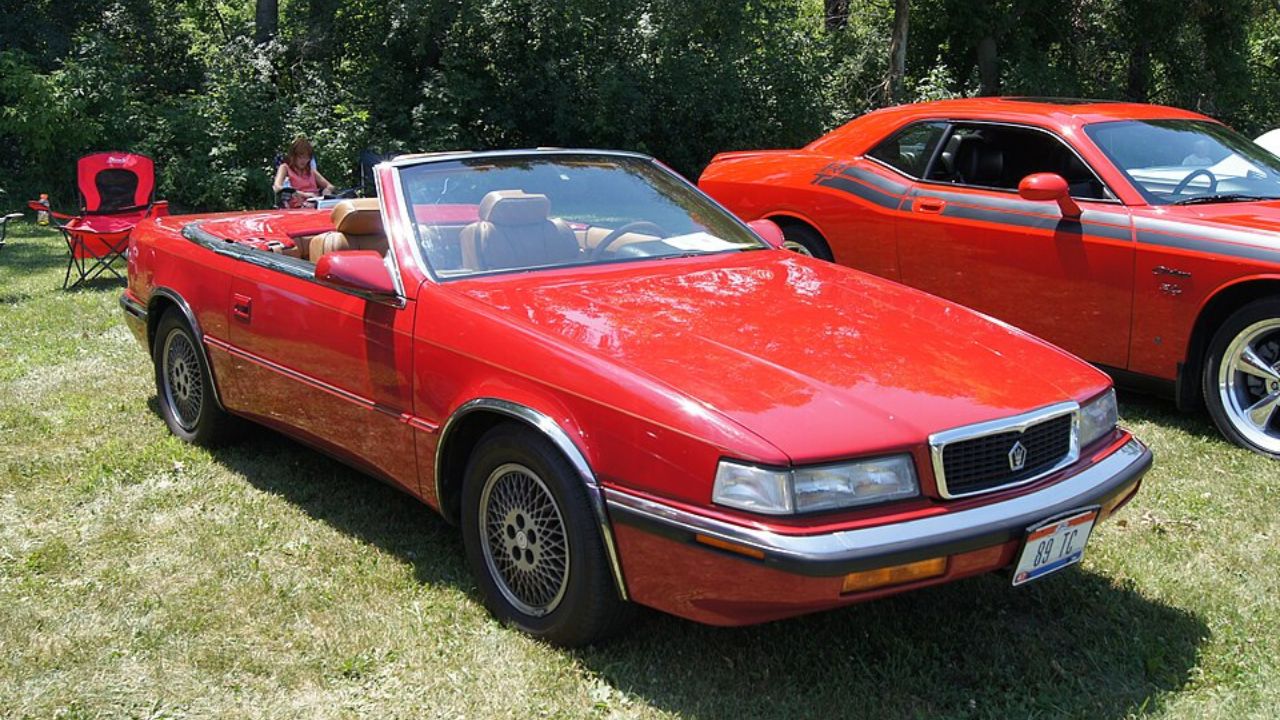
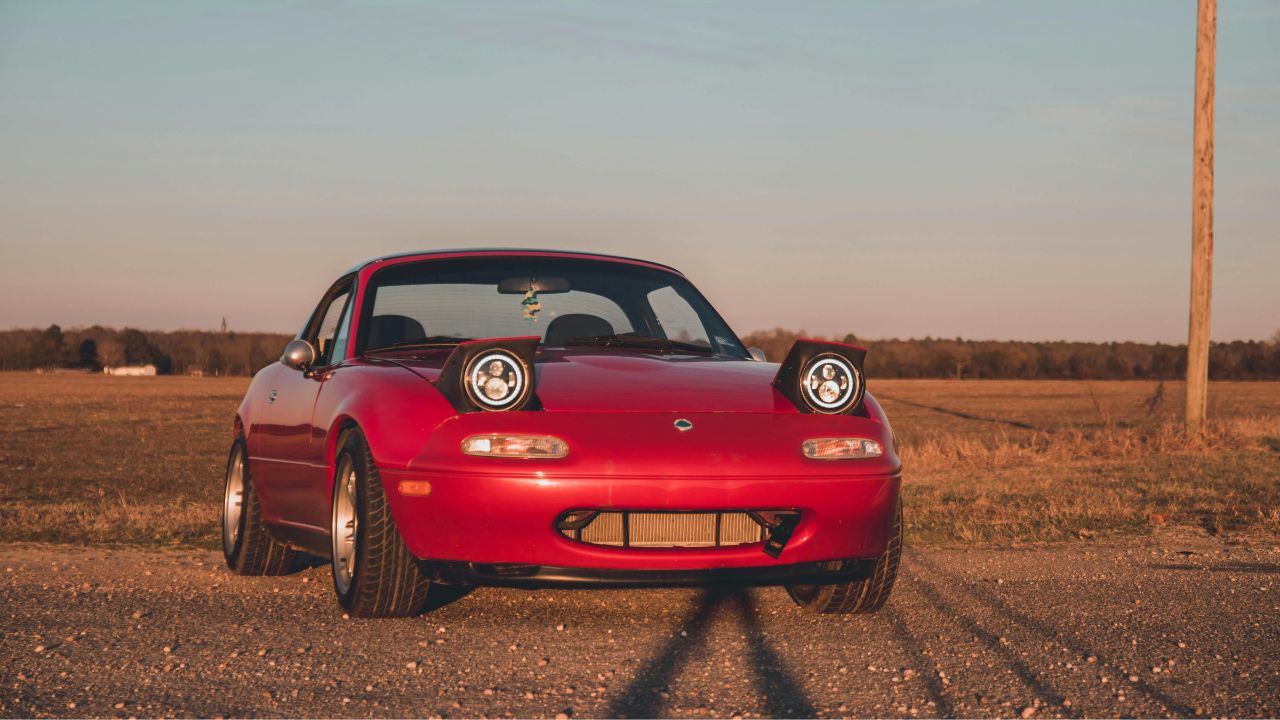
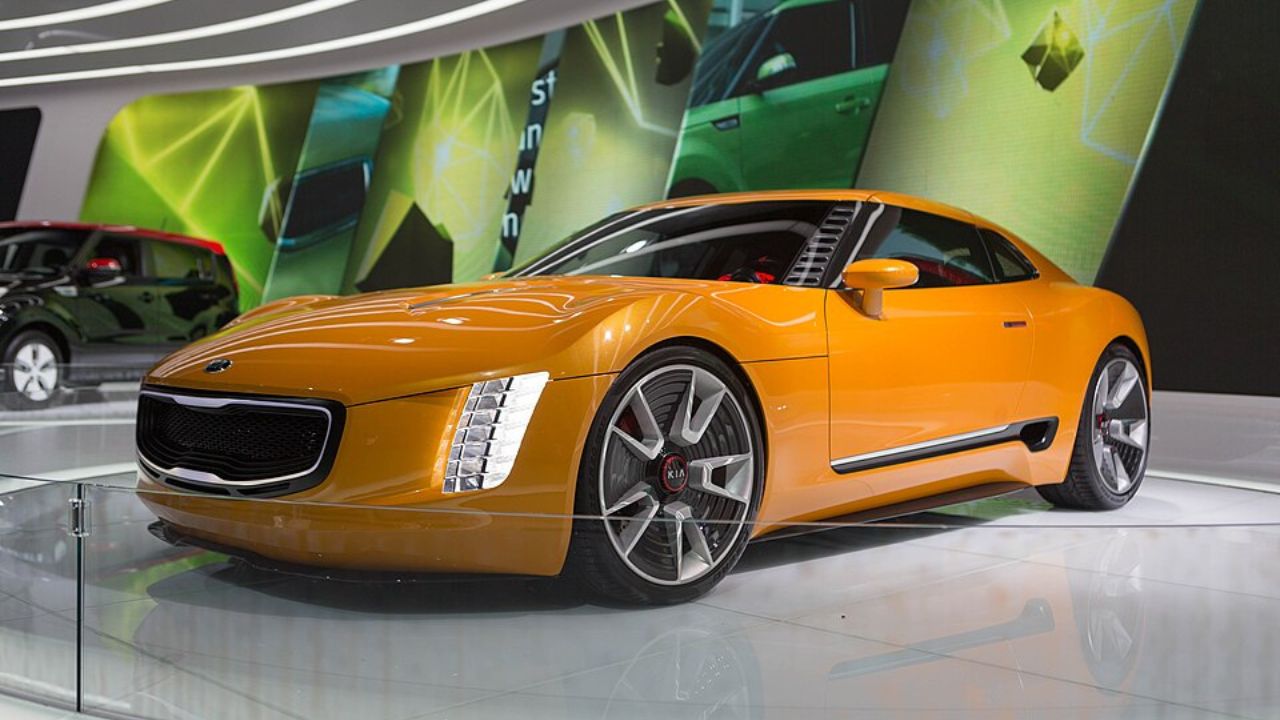
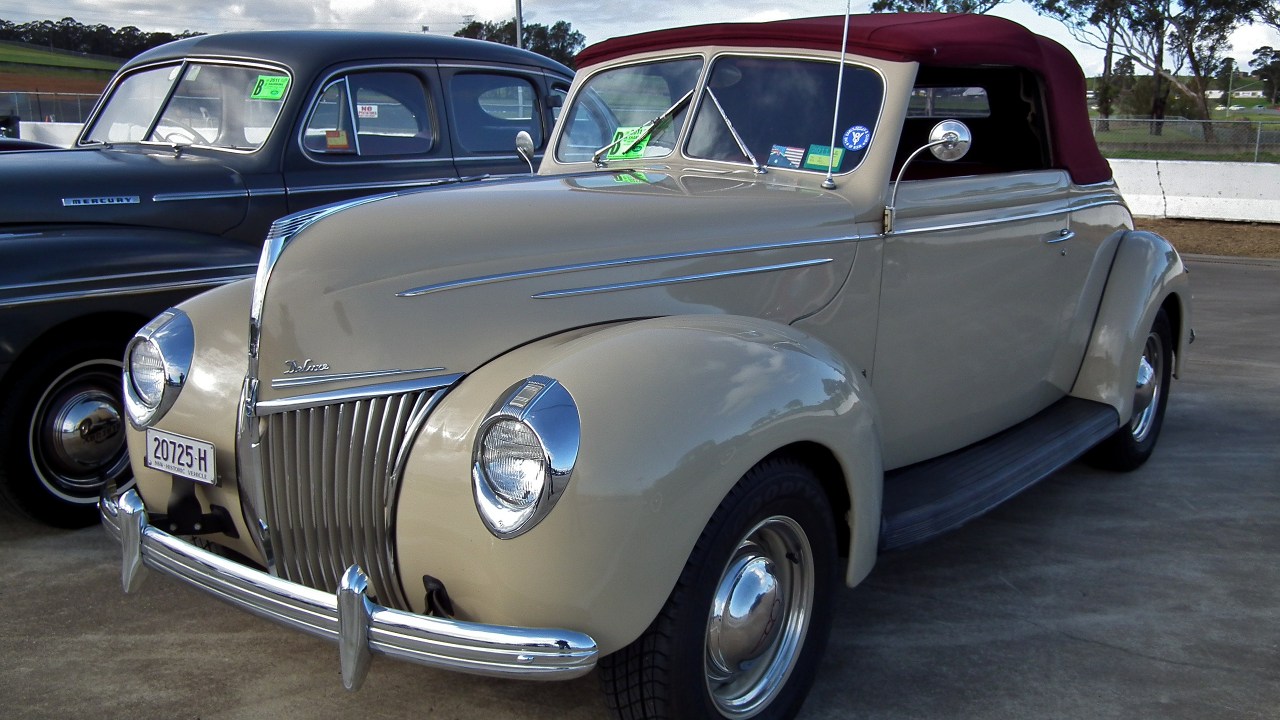
Leave a Reply